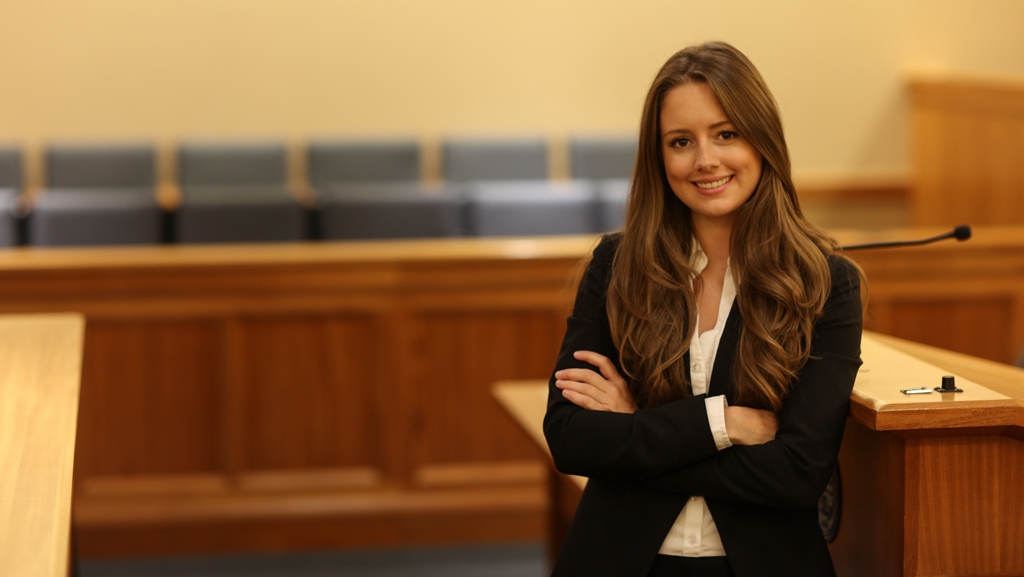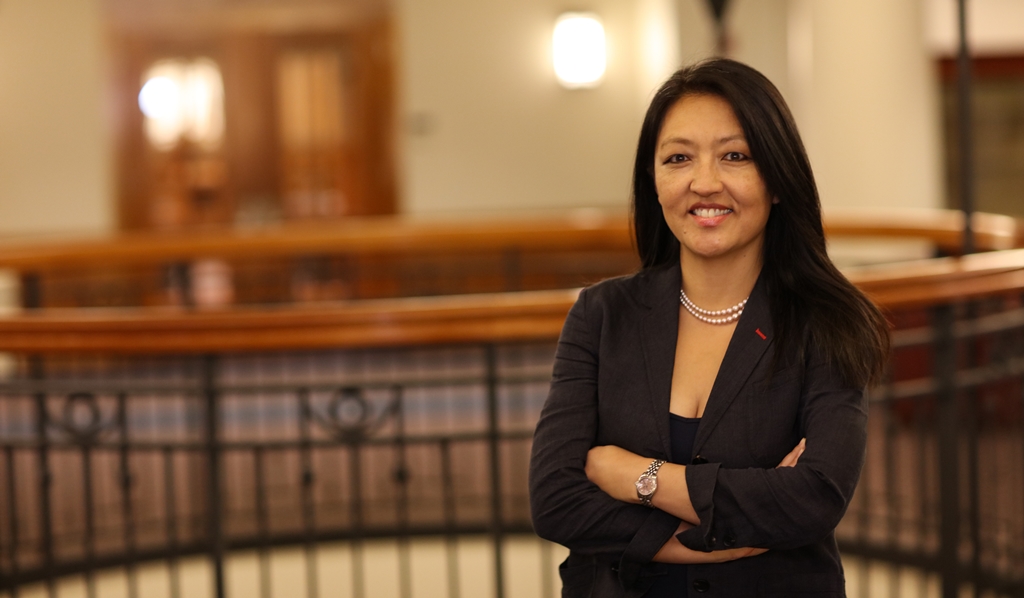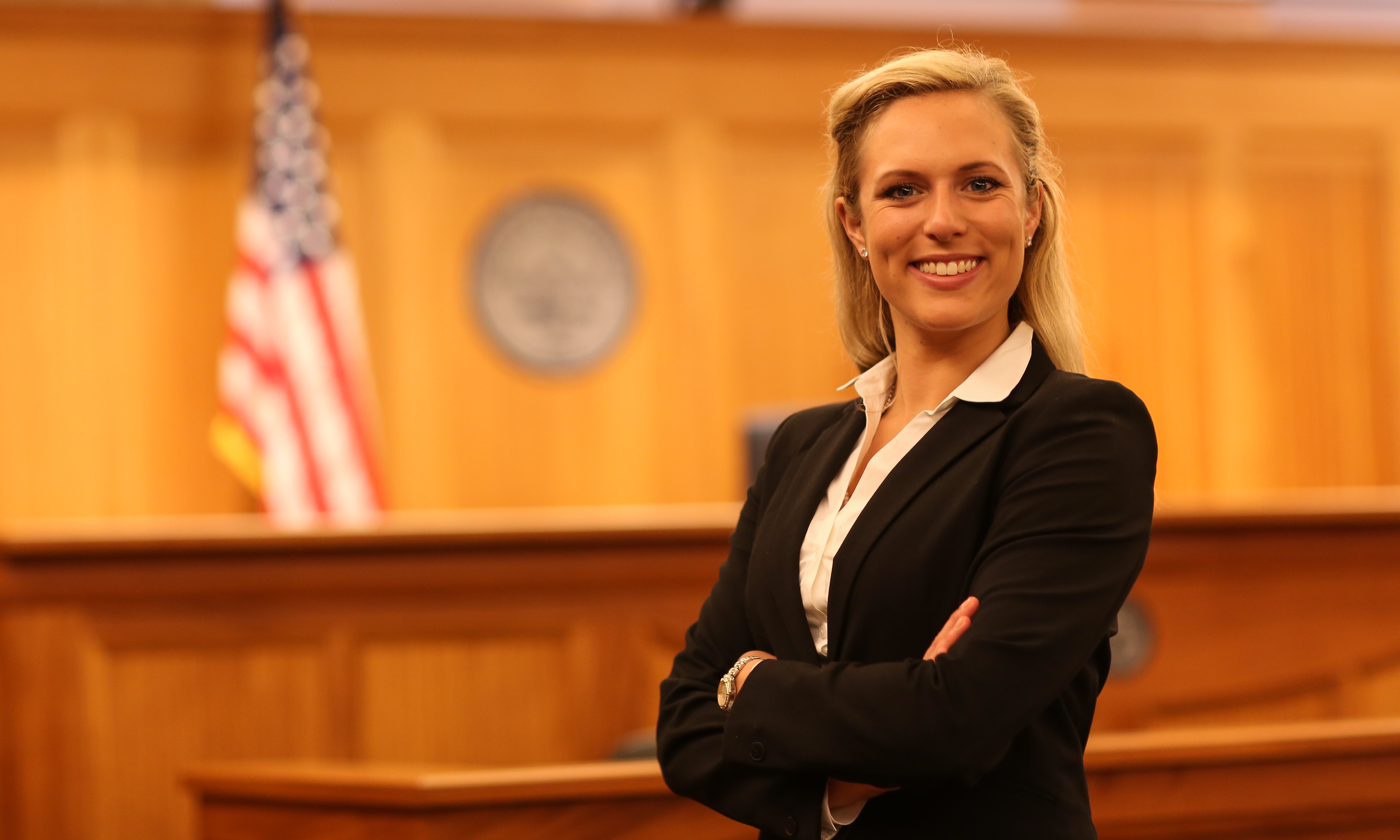By Dyane O’Leary
w8ing 4 u 2 get docs asap . . . nervous re depo
Messaging is changing the way we communicate. Millennial and Generation Z students use mobile messaging to make a dinner reservation, confirm an appointment, and set up a first date. But surely the lawyers of tomorrow won’t use such an informal medium to discuss serious legal matters, right?
Wrong.
Attorney-client communication has gone mobile, and instruction to law students should follow suit. Billions of text messages are sent in the United States every day, and, according to the ABA, 91 percent of lawyers use smart phones to support their practice and communicate with clients. Indeed, state bars have recognized this trend and urged caution. There is even a secure messaging app for lawyers on the market called Cirius.
Messaging a client has its advantages. It is convenient. It is inexpensive. It is concise. It offers a real-time opportunity for updates and quick questions and answers.
But the list of negatives is just as long. It invites an informal tone that can slip from casual to unprofessional. It tempts lawyers to give nonchalant answers to issues that require more deliberation. And, it fosters the misconception that an accurate and well-organized response is now a distant second in the competitive race to deliver information to clients at rapid speed.
I have incorporated client communication skills in teaching my first-year legal research and writing course. This year, I will introduce students to the idea of “legal texting.” This instruction bridges to other traditional first-year concepts such as:
• Professionalism (should you text “c-ya” to a client?)
• Ethics and confidentiality (should you text a client confidential settlement details while sitting in a busy airport?)
• Understanding audience and tone (should you text a quick summary of a hearing to a client who still uses a typewriter and sends handwritten notes?)
The usual formality of legal writing is an unwelcome guest in the informal world of messaging. How to strike a balance between the two is worth some instructional time for today’s law students. I expect my students to pause, think, and review before tapping “SEND” to a client. Yes, texting may be an effective way to communicate in some contexts. But if not done appropriately, the results for a lawyer could be, well, :(.
Dyane O’Leary is an Assistant Professor of Legal Writing at Suffolk University Law School in Boston. Before joining academia, Professor O’Leary was a law clerk in federal court and an associate at WilmerHale in Boston. She also graduated from Suffolk Law. She can be reached at dyane.oleary@suffolk.edu.













Follow Us